 generative AI
generative AI
 generative AI
generative AI
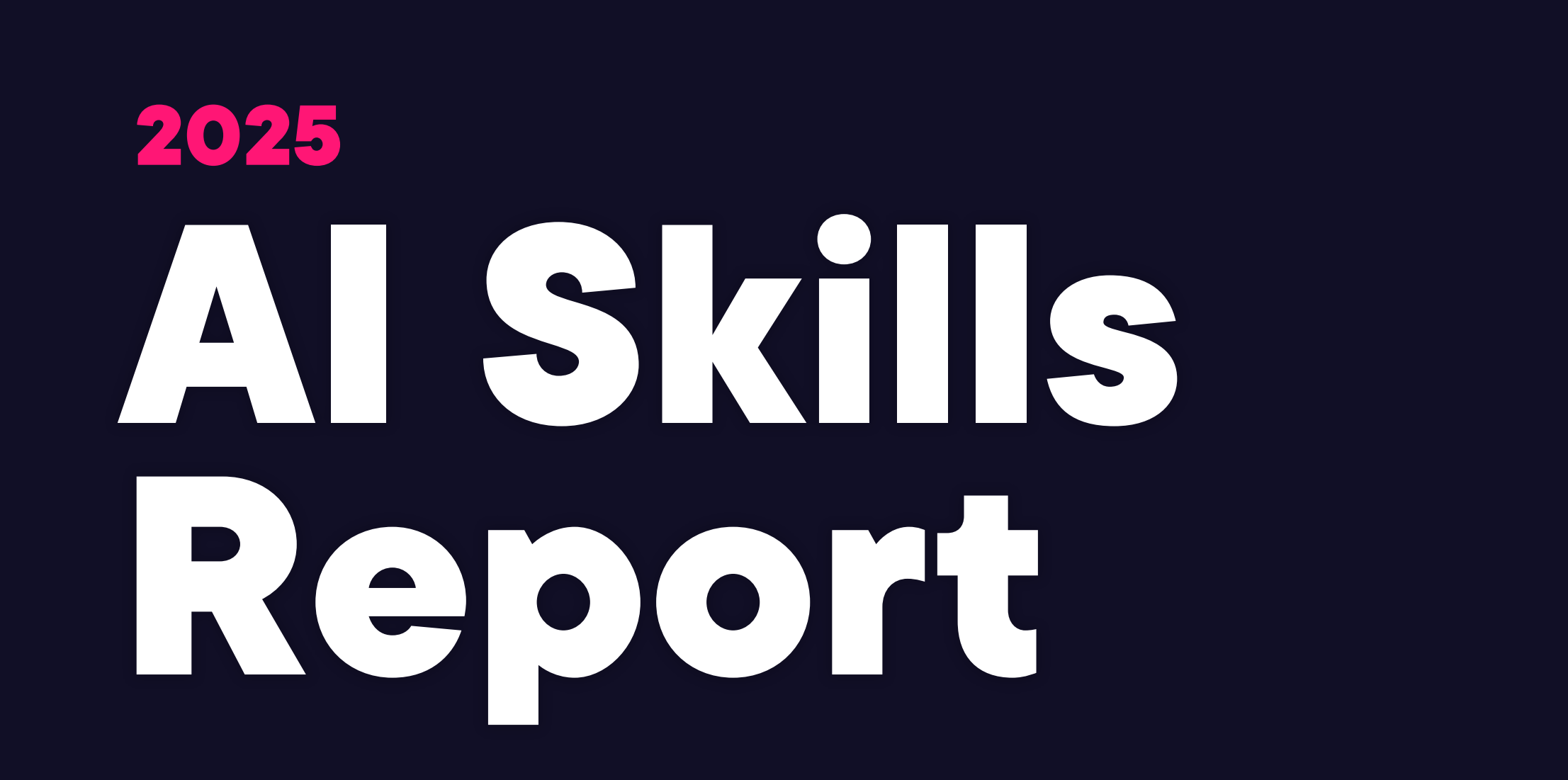 generative AI
generative AI
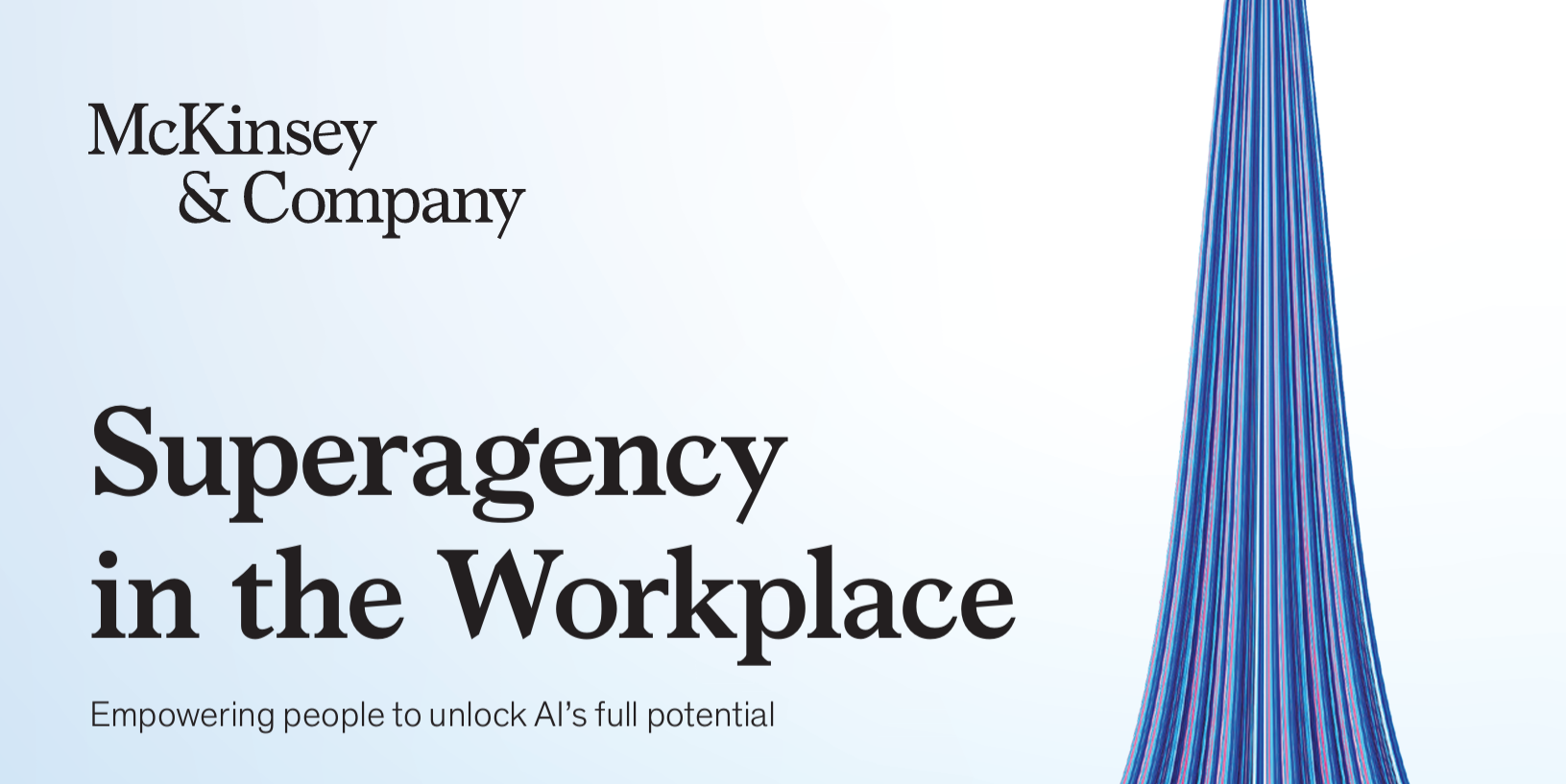 generative AI
generative AI
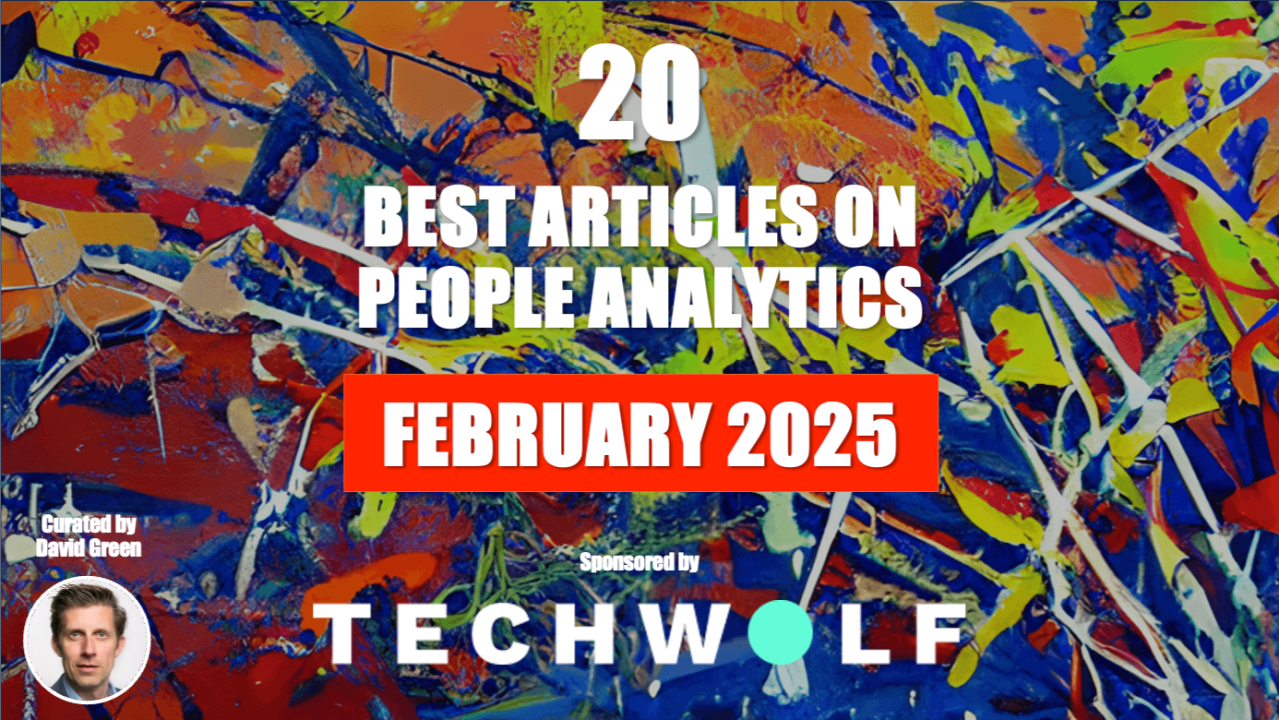 generative AI
generative AI
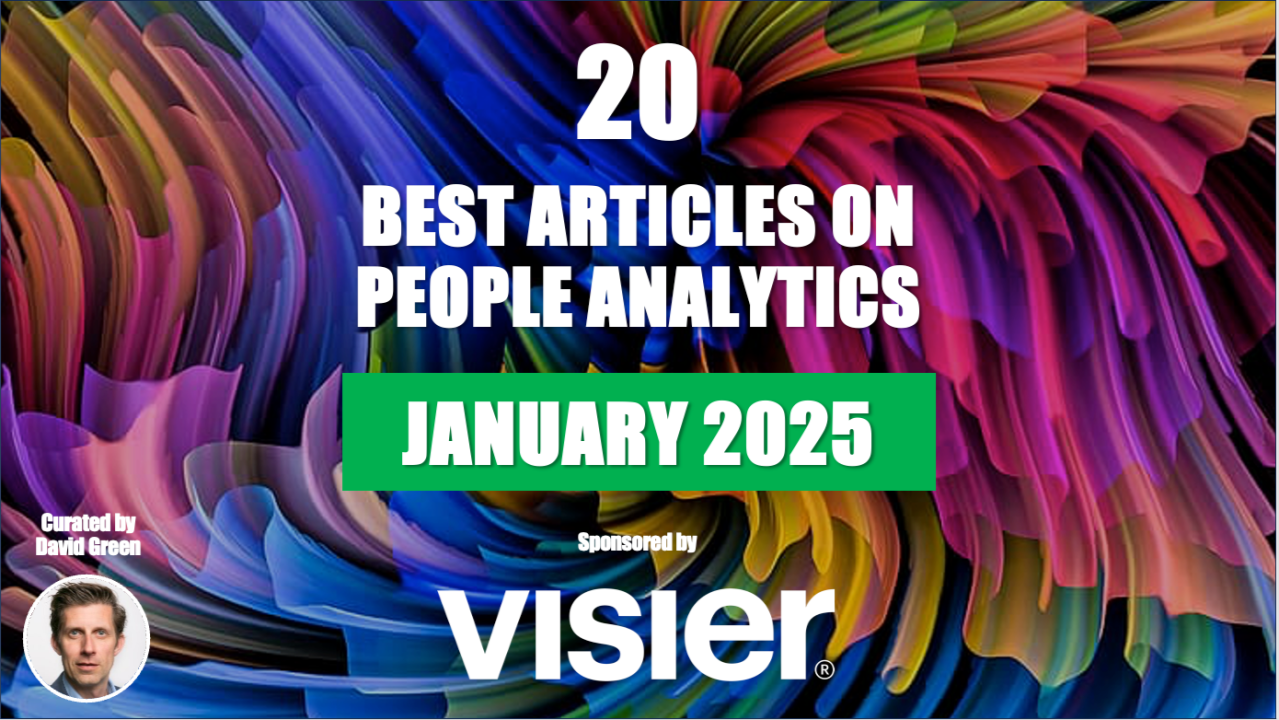 generative AI
generative AI
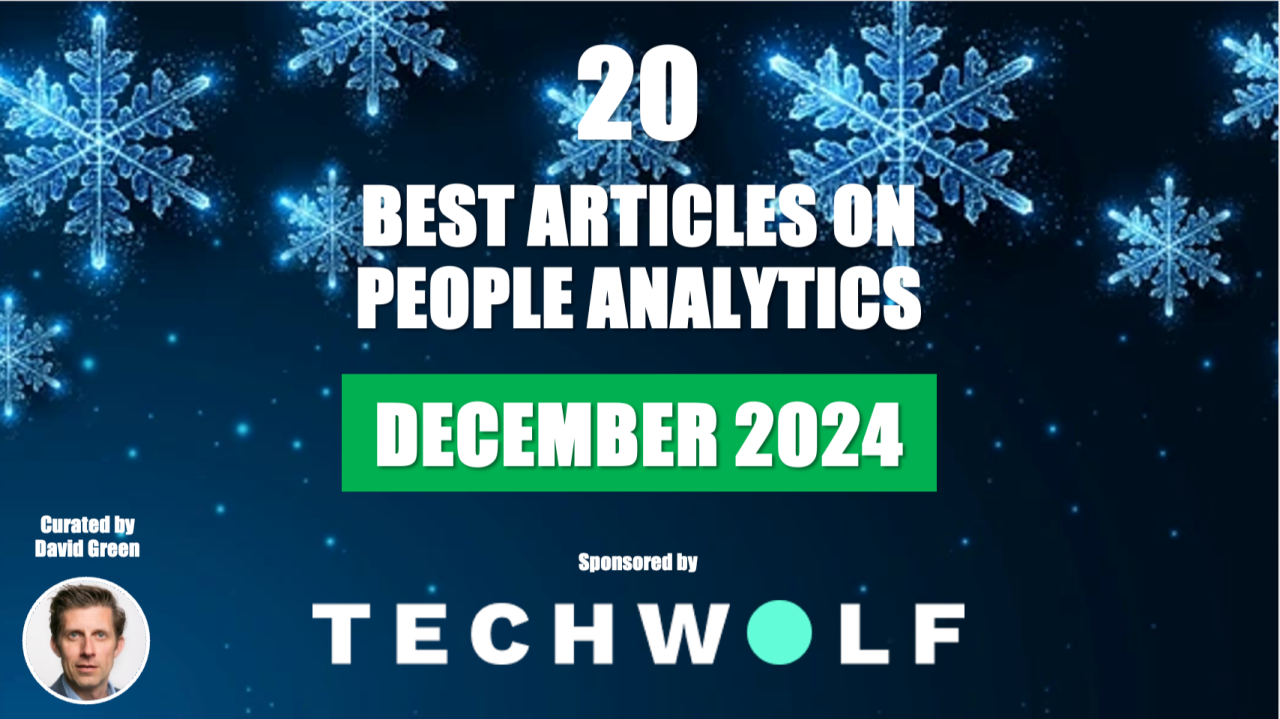 generative AI
generative AI
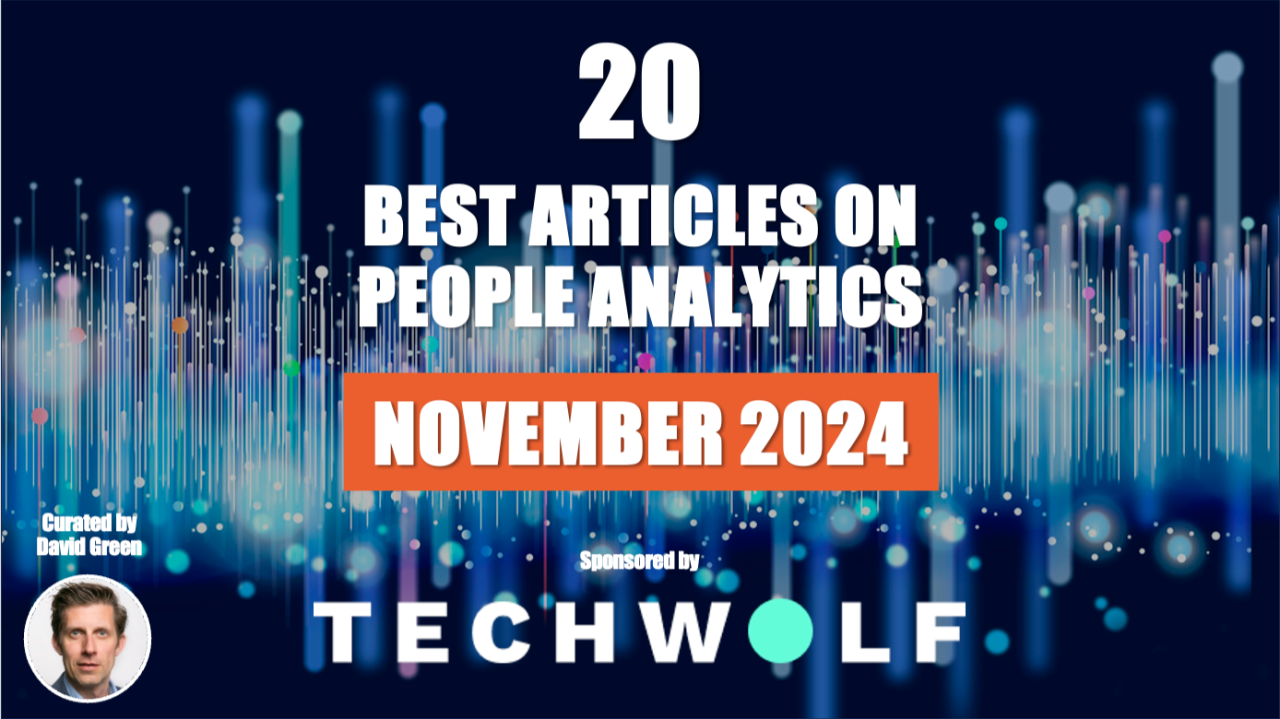 generative AI
generative AI
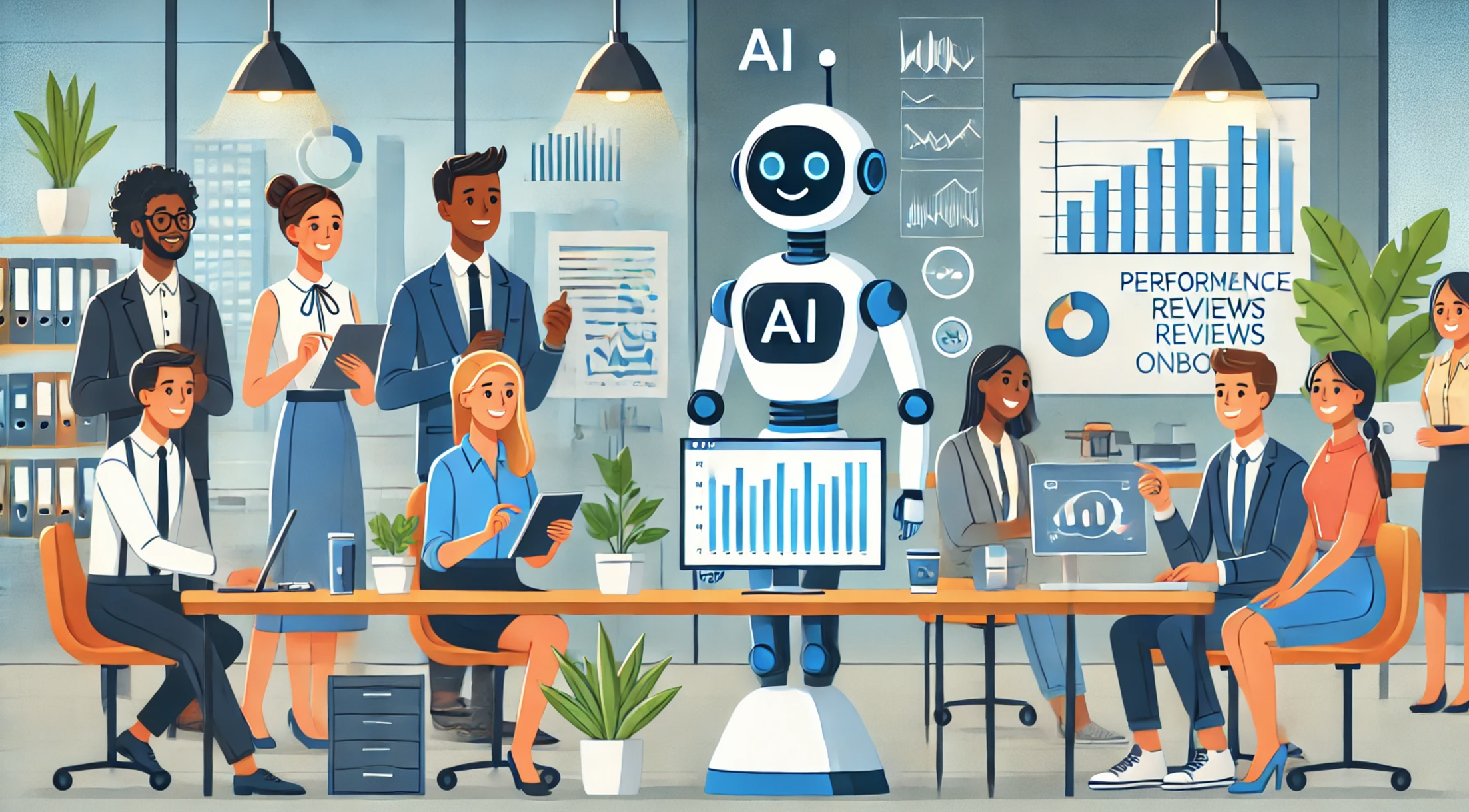 generative AI
generative AI
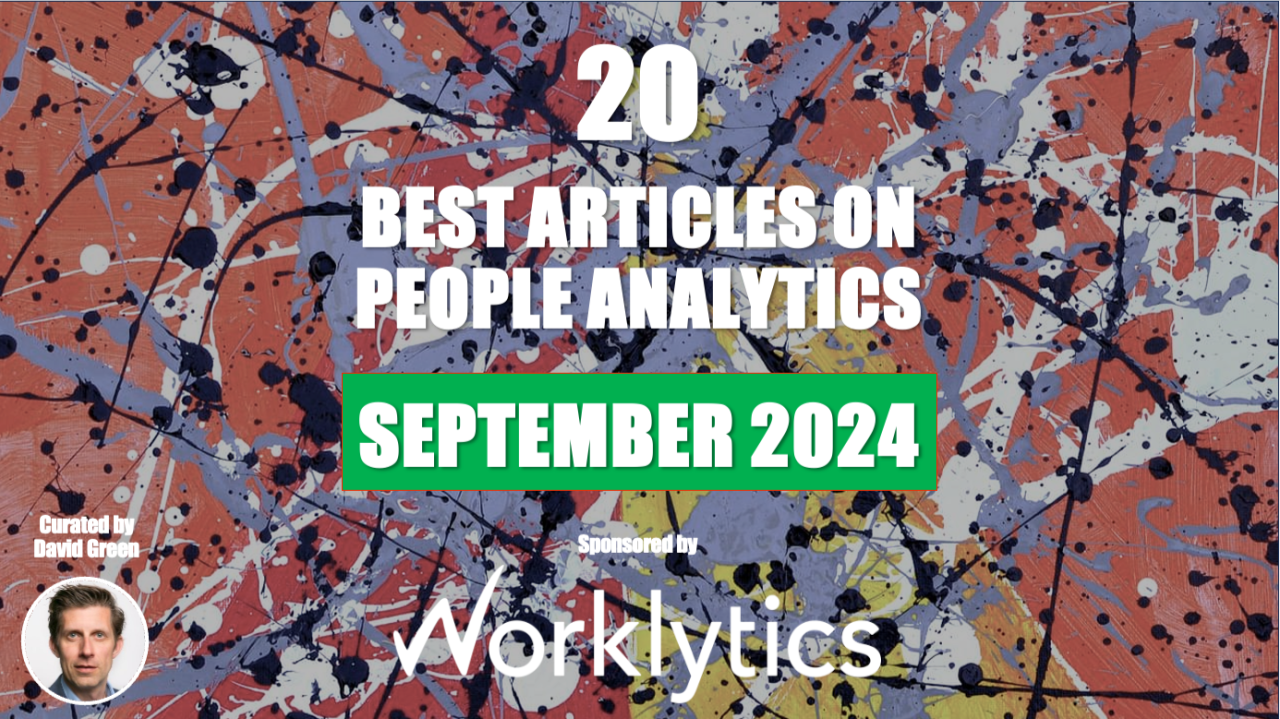 generative AI
generative AI





 扫一扫
添加客服
扫一扫
添加客服




